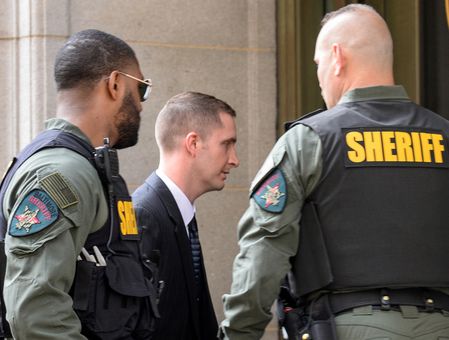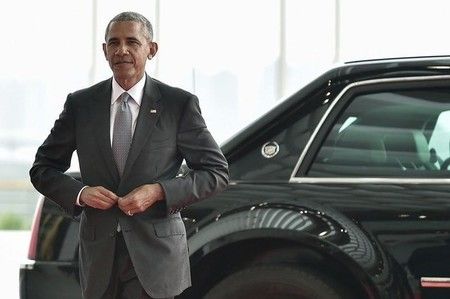Advertisement
25 Unexplored Details About Casper Uncovered
By Ethan Blake
6 min read
Advertisement - Continue reading below

25 Spooky Secrets About Casper Revealed
1. The Genesis of Casper
Casper, known as the friendly ghost, has been enchanting audiences with his ethereal charm since he first appeared in cartoons and comic books in the late 1930s. But where did this phantasmic character originate? Here’s a spooky secret – Casper was actually the brainchild of American writer Seymour Reit and illustrator Joe Oriolo.
Casper was designed to break the typical ghost stereotype – instead of being scary and malevolent, he is friendly and kind. The duo wanted to give children a character they could relate to and befriend, even if he was from the other side. Despite his unusual circumstances, dealing with ordinary childhood issues made him relatable and endearing.
In creating Casper, Reit and Oriolo chose a gentle and lovable approach, their masterpiece a testament to the power of creativity in changing perceptions. Scary can become friendly; loneliness can find companionship and acceptance.
Consider when Casper first appeared in the cartoon ‘The Friendly Ghost’ in 1945. His heartwarming tale quickly captivated audiences, eventually leading to his own television series and film franchise:
–
–
–
–
–
–
2. The Other Side of the Story: Casper’s Family
While many know about Casper, few know about his ghostly family. Just like many children’s tales, the creators gave him a semblance of a family structure to further their narrative.
Casper’s story tells us that he lives in the heart of Whipstaff Manor with three other mischievous ghosts: Stretch, Stinky, and Fatso, collectively known as The Ghostly Trio. They’re more in line with our traditional idea of ghosts – they love haunting and causing mayhem, a stark contrast to Casper’s soft-spoken nature.
This juxtaposition helps amplify Casper’s sweetness — the young ghost who loves humans amidst three prankster uncles who’d rather scare them. Here’s an illustration of his specialized ghostly circumstances:
Remember when Casper tried shielding a couple from being scared by his uncles in ‘Casper’ (1995)? Their naughty antics clear, Casper’s defense of his human friends made him stand out:
–
–
–
–
–
–
3. Casper’s Iconic Look
You might think that there isn’t much to consider when designing a ghost — but Casper’s iconic look is just one more secret that makes him stand out. Here’s a look into how his physical form came to be.
As opposed to the chilling, ethereal apparitions we generally associate with ghosts, Casper was drawn as more tangible. This physicality is a key aspect of his design. His rotund shape, big eyes and plump cheeks make him more approachable for audiences, especially children.
His color has also been distinct — a ghostly but comforting shade of white. Apart from these dominating factors, something that makes Casper’s character stand out is his red bow tie. Can you think of any other ghost so immaculately dressed?
Take the first comic strip where Casper makes an appearance. His friendly face and non-threatening demeanor become immediately apparent:
–
–
–
–
–
–
4. The Evolution of Casper’s Story
Like all long-lasting characters, Casper too saw an evolution in his storyline. Born as a children’s book character, he gradually adapted to cater to different mediums and storytelling formats.
Any story’s elasticity demonstrates its ability to hold relevance over time. Seymour Reit and Joe Oriolo created Casper in 1939 as a kind-hearted ghost who prefers hanging out with people rather than haunting them. This narrative set the tone for all future adaptations of the character.
As the story was developed further into cartoons and films, multiple layers and dimensions were added keeping the essence intact. Little has changed from the original – Casper remains as benign today, teaching kids the importance of friendliness and kindness.
Consider Casper’s journey through various different media platforms from books to TV and the silver screen. His core character traits remained consistent reinforcing his identifiable characteristics:
–
–
–
–
–
–
5. The Cultural Impact of Casper
Casper’s influence extends beyond his immediate audience. He became a reference point for future storytellers crafting characters that challenge established norms exploring the theme of friendship and acceptance.
The impact of Casper is far-reaching – from transforming our perspective about ghosts to teaching kids how to behave towards others who are different. This little ghost played a part in encouraging children to be more accepting and empathetic, rather than scared or judgmental.
His large cultural footprint can be seen through countless references in other shows and films. Many iconic series like ‘The Simpsons’ have playfully referenced Casper, showcasing how deeply he has embedded himself into popular culture.
How about the episode of ‘The Simpsons’ where Bart masquerades as Casper at a Halloween party? These instances show how Casper has permeated throughout different media facets:
–
–
–
–
–
–
Summary
| Secret | Revelation |
|---|---|
| The Genesis of Casper | Casper was created by writer Seymour Reit and illustrator Joe Oriolo as a friendly ghost character for children. |
| The Other Side of the Story: Casper’s Family | Casper lives with three other ghosts – The Ghostly Trio, providing a unique dynamic and contrasting personalities. |
| Casper’s Iconic Look | Designed tangible and approachable, Casper’s physical details with his red bow tie stand out emphatically. |
| The Evolution of Casper’s Story | The story of Casper evolved through different media while reinforcing his persona of friendliness and kindness. |
| The Cultural Impact of Casper | With a wide-reaching cultural footprint, Casper became a reference point for future storytellers and transformative characters in narratives. |
Advertisement - Continue reading below










